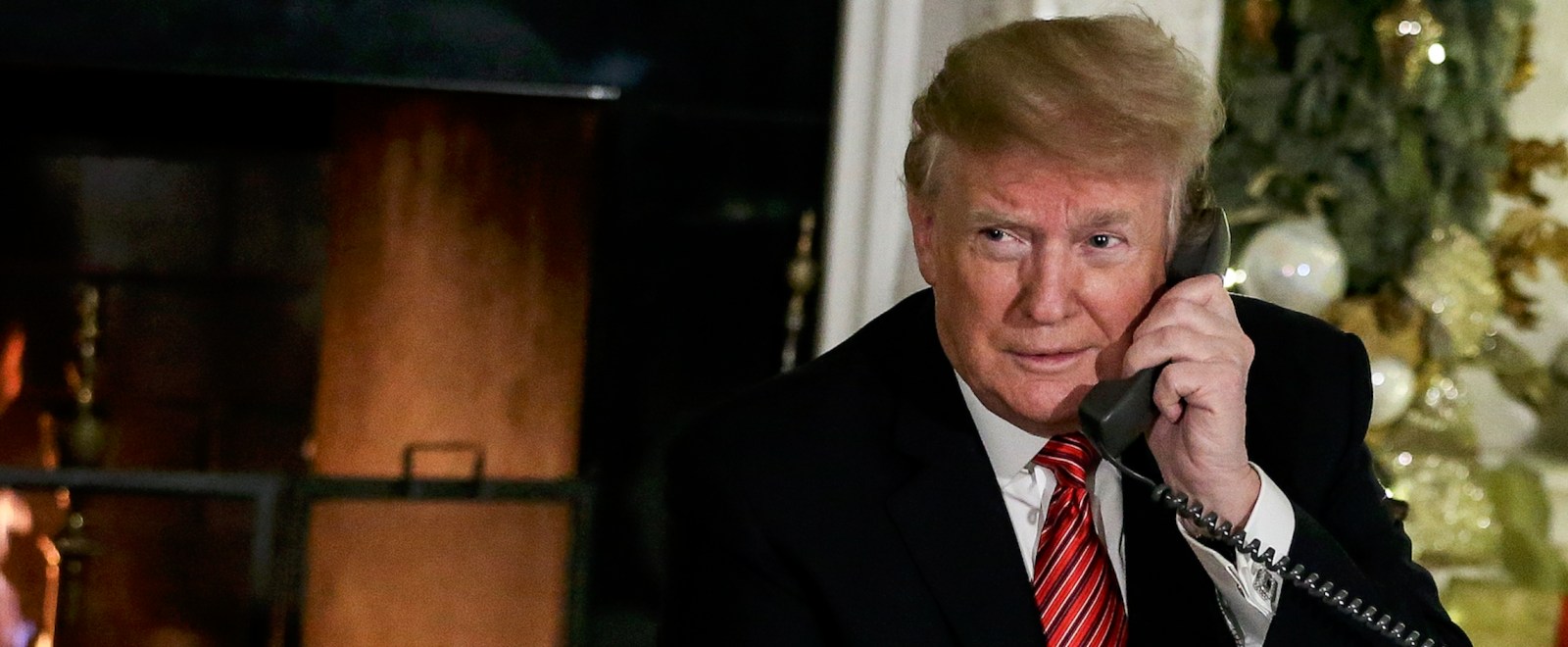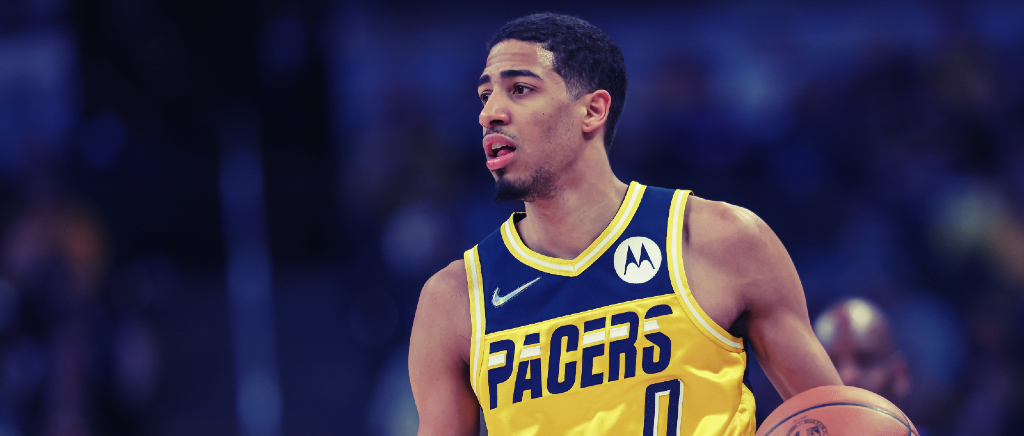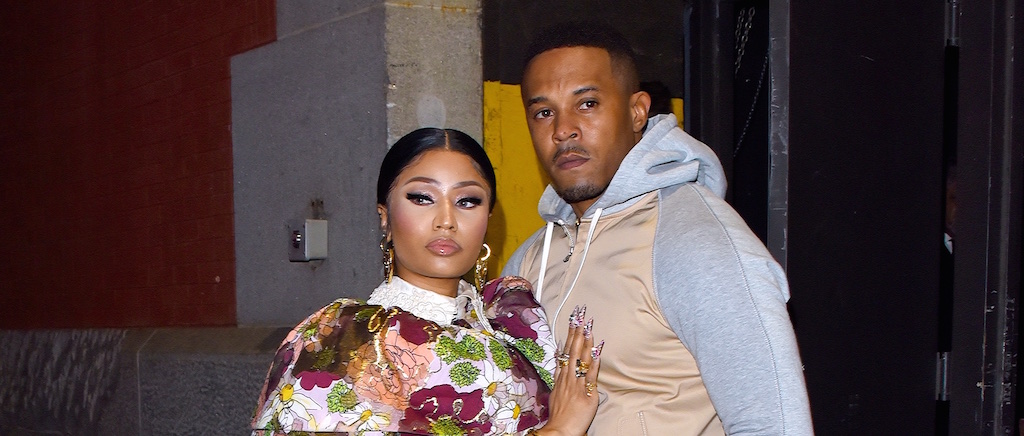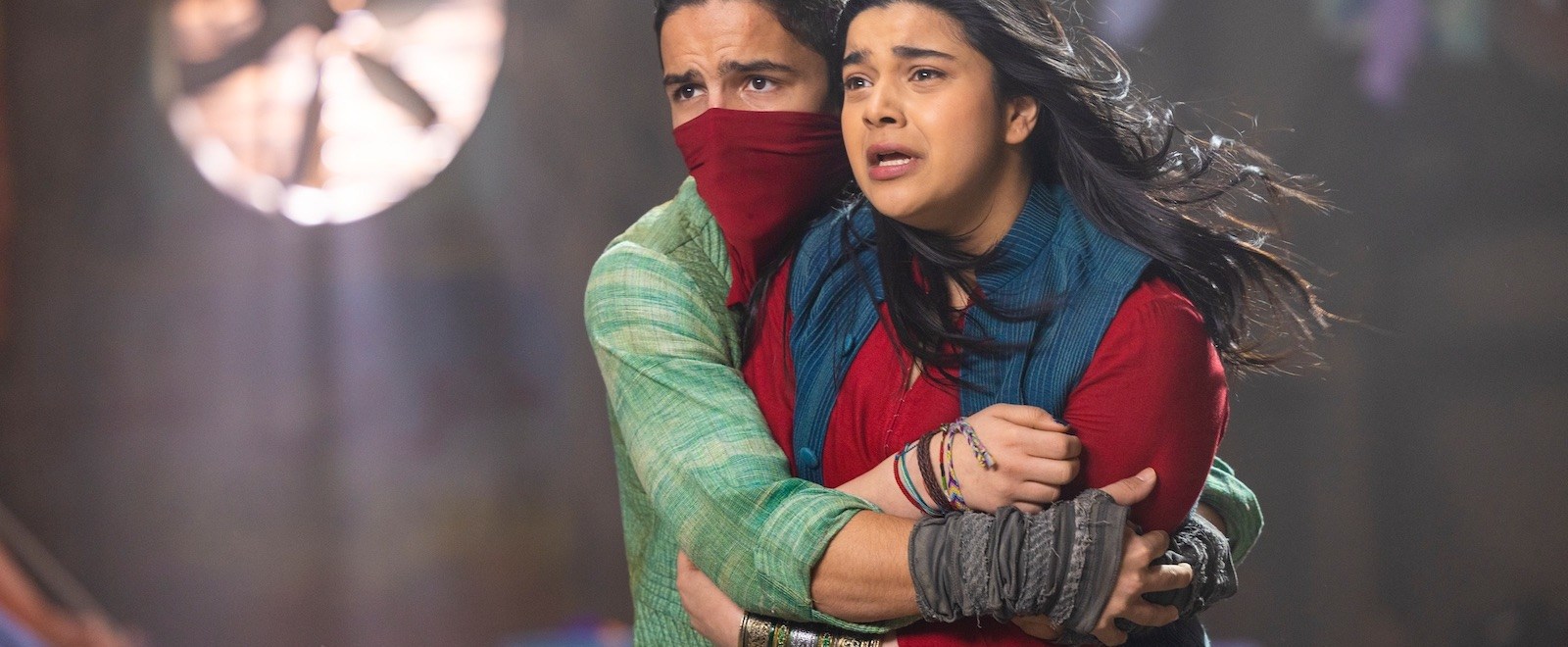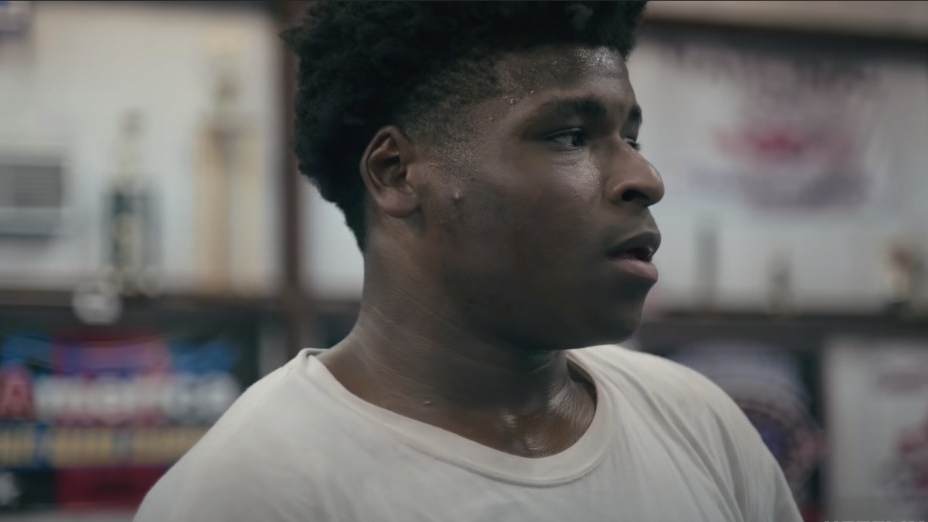As my 20-minute chat with Indiana Pacers guard Tyrese Haliburton approached its conclusion, one in which I inquired about his dietary progression, training habits, playmaking, and scoring maturation, Haliburton suddenly decided to swap roles between interviewee and interviewer.
“Jackson, I have a tweet of yours from June 18, 2020,” he says. “Can I read it to you?”
Since joining Twitter in February 2019, Haliburton only owns 832 tweets to his name. He does, however, find the app resourceful — “there’s certain people that I follow on Twitter that do a really good job of breaking guys down,” he says — and maintains a watchful eye. His pinned tweet from Dec. 29, 2020, after he began his NBA career 8-of-16 beyond the arc, conveys the tabs he keeps on his Twitter naysayers.
“I like to be able to prove people the wrong way,” he says.
Evidently, I am among those who Haliburton likes being able to prove wrong. He’s ready to wrap up our discussion with some lighthearted roasting of my faulty pre-draft evaluation — a roast that’s well-deserved, given how rapidly Haliburton has announced himself as a potential star since entering the league a year and a half ago.
“I got two tweets to read you,” he says, laughter peaking through his words. “First one is, ‘I think many people are intrigued by Haliburton as a top-7 pick b/c of his perceived versatility playing on or off-ball. But the issue for me is he can’t really play on the ball & needs multiple guys to create advantages for him, which most teams drafting that highly don’t have.’ ”
At that point, one of Haliburton’s reps chimes in: “Tyrese, this is the wrong interview. This isn’t Jimmy Kimmel Mean Tweets.”
This is all in good fun, though. I welcome Haliburton giving me the Old Tweets Exposed treatment. I was incorrect and he’s rightfully reminding me, reading one more tweet before we head our separate ways.
“I have these in my bookmarks. I got a lot of stuff saved up,” he says. “I was like, ‘Man, one day I’m gonna get to talk to Jackson Frank and I’m gonna read these to him. But it’s OK, because now you show me love.”
Showing Haliburton’s game love is easy as can be these days. He resembles that of a soon-to-be star and is the linchpin of Indiana’s rebuild. Over the past 4.5 months, the Pacers dealt a pair of former veteran cornerstones in Domantas Sabonis and Malcolm Brogdon. Myles Turner is reportedly also being shopped. The franchise seems to be pivoting toward a new dawn and is banking on Haliburton to lead the next prosperous era of Indiana hoops.
In preparing for those responsibilities, he’s spending much of the summer training with Drew Hanlen in Los Angeles. His offseason schedule is rather packed ahead of his first full year as a Pacer. He logs two, sometimes three, workouts every day.
Among his feathery passing, evolving pull-up jumper aptitude and constant, year-to-year strides, Haliburton is one of the NBA’s premier 22-and-under talents, despite being selected just 12th overall back in the 2020 Draft. In 26 contests with Indiana last season, he averaged 17.5 points, 9.6 assists, 4.3 rebounds and 1.8 steals on 62.9 percent true shooting — his gaudiest points and assists averages across any NBA or collegiate context. He anticipates his scoring duties to swell again next year. Growing more comfortable in that need for aggression continues to be an emphasis of his training habits.
“I’m not gonna lie to you to tell you it’s easy,” Haliburton admits. “I’ve never had to be a scorer in my life. … It’s a challenge, but one that I’m up for, and one that I’m really excited about. It’s not often that you have to tell somebody to shoot more.”
He says his sophomore year at Iowa State was the first time he “was really asked to score” throughout his basketball journey. Prior to that, he either scored selectively or was simply good enough to do so with ease, often in transition via steals and dunks. Honing his creation arsenal hardly entered the training regimen.
Last summer, one-on-one battles with Terence Davis — who Haliburton says would “torment” him — Davion Mitchell, Buddy Hield and De’Aaron Fox fostered his blossoming. During Haliburton’s year and half with the Sacramento Kings, Director of Player Development Rico Hines emulated a smattering of game-like reps, incorporating varying defensive coverages and looks to amplify his half-court creation.
With Indiana, assistants like Ron Nored and Jannero Pargo do the same. Everything is designed to prime him for any possible scheme he faces, be equipped with counters of his own and avoid bouts of passivity.
“Trust me, the growth period, it never looks amazing. Truthfully, it looks ugly sometimes. There’s days where I leave the gym, even today, even this last week. I’m like, ‘I look sloppy, like it doesn’t look right,’” Haliburton says. “But that’s OK. Because it’s kind of just part of the growth of it all. Somebody else is gonna make an adjustment, I gotta make an adjustment towards that.”
Learning how to optimally masquerade and operate as a natural-born scorer requires years of specialized work because Haliburton’s long been a maestro of a selfless passer. He’ll fit dimes through slender keyholes, unlock passing windows by shifting defenders with optical trickery and contort himself to wiggle around defenders for simpler deliveries. Few facilitators around the league approach his degree of ingenuity.
No singular player or pass sparked the origin of his distinct creativity. He considers himself a devout hoops connoisseur who pores over film from all sects of the basketball sphere: NBA, college, high school, youth levels, AND-1 circuits, mixtapes. If there is information and inspiration to be gleaned from the tape, Haliburton will entertain its merits.
He revels in opportunities to embed flair in his passes. Effectiveness is not always the lone priority. Basketball is a joyous sport, so he proudly graces the stage to merge his high feel nature with an artistic vision.
“I’ve always liked the oohs and ahhs, there’s nothing better than that to me. As a kid, you can’t dunk, so you got to figure out something,” he says. “I think that’s kind of the best part, is being able to put your own twist on things. … Sometimes, that stuff is necessary, having to deceit guys with the eyes or whatever the case may be. But sometimes, it’s just having fun and putting a little showmanship on it.”
Newfound attention on individual scoring is accompanied by amendments in his dietary habits. Following his rookie season, he “bit the bullet” and hired a full-time chef, who’s widely expanded his palette, targets healthier foods, and includes more fruits, vegetables, and green juices into his meals as well. The source of this added focus stemmed from a knee injury that sidelined for the final two weeks of 2020-21, along with “nagging” aches and pains he aimed to address.
“I just realized that, really, the best ability is availability, just being on the floor,” he says. “I was doing everything I could to do that.”
Both developments taught him to take better care of his body, honing on his diet and recovery patterns. Among those altered dietary choices is consuming Cheribundi, a brand of cherry juice introduced to him by Sacramento’s training staff early on last season, which facilitated this interview.
Roughly nine months later, he drinks three bottles every day, swears by its impact, and, recently, requested they be delivered to his place in Los Angeles while he trains there this summer. As he begins lifting regularly and immersing himself in multiple, daily on-court workouts, Cheribundi accelerates the wide-ranging components of recovery.
It helps alleviate muscle soreness, reduces inflammation and, after his trade from Sacramento to Indiana, aided his assimilation to an East Coast sleep schedule after spending the outset of his NBA tenure on the West Coast.
“When I was on the Kings, I slept so much easier because it’s timing and things like that. Like, sports get done later and the day starts later than it does being on the other side of the country,” he says. “But now, I got traded to the East Coast. I’ll get way less sleep because I was staying up watching the West Coast games and then getting up early to go to the gym. So, for me Cheribundi was huge in that sense, helping me get to sleep better.”
The present-tense manner in which Haliburton explains his NBA growth curve indicates he’s still acclimating himself at every turn. Year One ended prematurely because of a knee injury, which informed him that he must go to greater lengths with his diet and recovery tendencies.
Year Two jettisoned him across the country, brought about a radically different timezone and team environment, where he must reshape his professional routine. Year Three resides as an unknown. He expects opponents to defend him differently and a new cast of teammates will present other hurdles to navigate.
Yet problem-solving and adaptability are core tenets of Haliburton’s on- and off-court rise. Nothing suggests that’s changing anytime soon.
“It’s all chess at the end of the day,” he says. “Just one move after another.”
